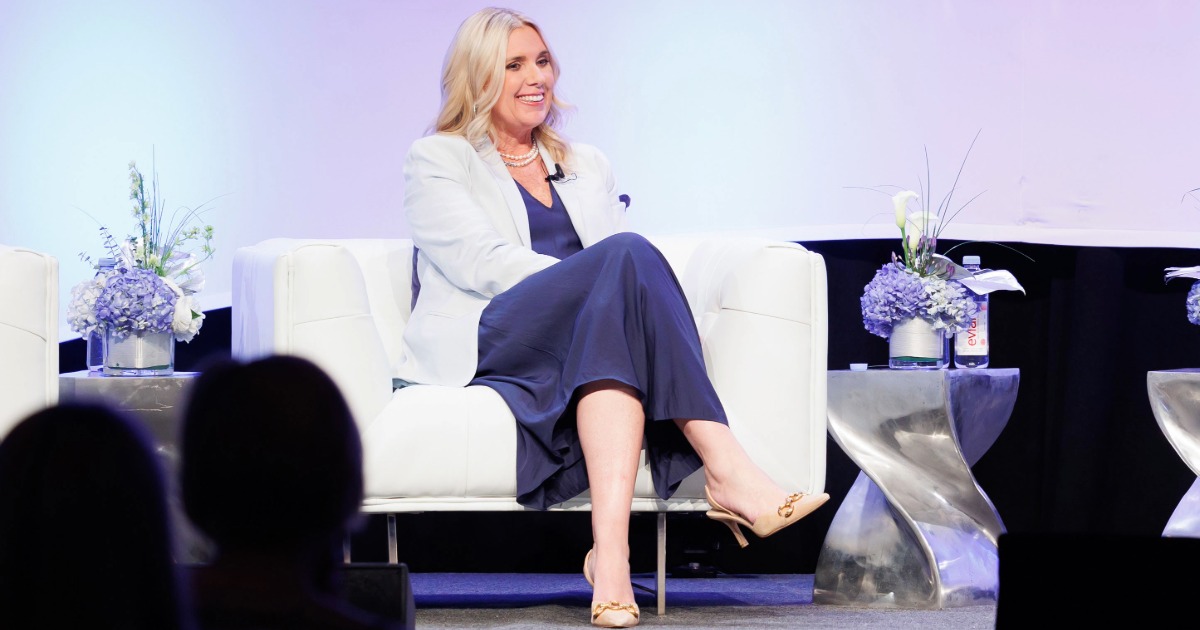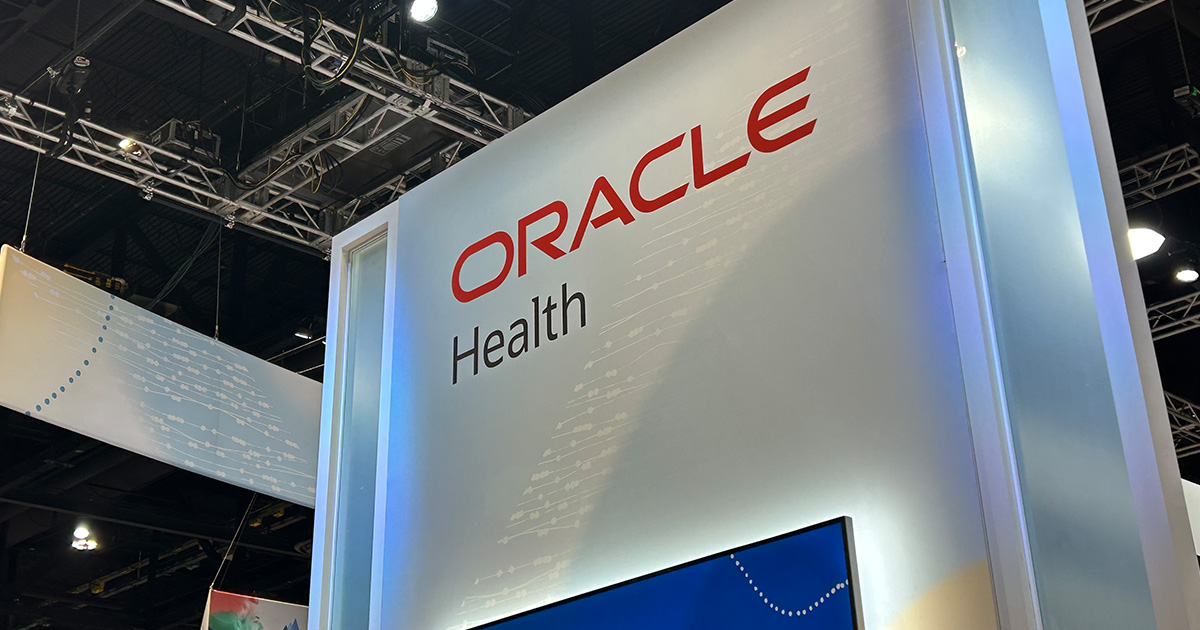There it was – the clear-as-a-bell prediction about mobile health. Call it the "wow factor."
"I will predict 85 percent of healthcare will be done in the home in the next five or six years," Andrew Watson, MD, told an audience here at an mHealth Summit breakfast meeting Dec. 9. You could hear the hushed "wow" rippling across the room.
"I don’t know the boundaries of this; I don’t think we’re going to know for four or five years," Watson said.
But, if it turns out that his assertion about the changing venue for healthcare is incorrect, he said: “We’ve got to push harder.”
Watson, a colorectal surgeon as well as medical director of the Center for Connected Medicine at the University of Pittsburg Medical Center, led a panel, which also included Jeffrey Benabio, MD, a dermatologist with Kaiser Permanente, San Diego, and Donald Kosiak, MD, executive medical director at Avera eCare in Sioux Falls, S.D., where he serves as chief medical officer of Avera’s telemedicine programs.
The discussion ranged from the promise of mHealth, its value, sensors and the burden that too much data could have on individual care and on the industry as a whole.
Watson pointed out that, 95 percent of the time, "the customers of healthcare" are at home or work. That tells him, he said, that there's going to be enormous market pressure to deliver healthcare at home and work.
In his own practice, he figures that 50 to 60 percent of post-operative visits could be done at home, via some form of mobile health and sometimes the use of sensors.
"I don’t know why patients come to see me," he said. "It doesn’t make sense. Patient travel has a real negative force in their life and their work and their expense," he said, adding that Pennsylvania is the third most rural state after North Carolina and Texas. So, it’s hard making patients travel.
Watson envisions a time – soon – when patients will take charge of their health and their care. He’s already seeing it, especially recently since UPMC made patient portals available.
[See also: UPMC launches $100M personalized care initiative.]
"We see value very clearly at UPMC with telemedicine," said Watson. "We are seeing engaged patients and patients with more information with portals. They are more interactive with their healthcare, they are reacting to results, and they are coming in asking more questions."
Watson does mostly Crohn’s and colitis surgery. Patients are coming in with a lot and more in-depth questions. Patients are asking questions right now like never before, he said.
"The conversations are smarter; understanding of the disease is better," Watson added. "We’re seeing patients who understand their benefits. On the provider side, we’re seeing enormous value in providers that have all these tablets, who walk all around our region, our hospital, and who also travel throughout the world. They have immediate access to data and they are making decisions with more visibility through telehealth and telemedicine, but more importantly through EHR, medical decision-making and messaging through secure portals."
A s Benabio sees it, the patient will tell him what is right for him – high touch, or perhaps more remote care.
s Benabio sees it, the patient will tell him what is right for him – high touch, or perhaps more remote care.
"Sometimes we think we know what patients want, but we don’t," he said. "We’re not sure, but there absolutely will be instances where patients really just want to come in to see you. They want to be touched by you. They want to be reassured in the office, and that’s perfectly OK because we ought to be able to provide the opportunity for patients to make that choice. Where we can do that, I think we deliver value because we are delivering the best experience of care for out patients."
"Where I think we’re going to find value is in the standardization and how you make a more uniform practice and how do you follow guidelines and be monitored from the data that you’re collecting at the point from where the patient is generating the data,” said Kosiak. "I’m a firm believer that geography should not dictate the quality of healthcare that you receive."
 With new apps and with the practice of telemedicine, geography will no longer be a barrier, he said.
With new apps and with the practice of telemedicine, geography will no longer be a barrier, he said.
Then came a tough question from the audience.
It was about the EHR. “It’s part of the value equation in this space, and it’s kind of the elephant in the room,” the attendee said.
[See also: EHRs at risk of becoming irrelevant.]
"Do you think the volume of sensor data that’s about to hit us like a tsunami – is the EHR, which was a ’90s solution to stabilizing billing, using a model that was a 1970s structural note. Do you think that EHR is going to be the future? Are we all going to try to consume and get all of this sensor data into the EHR?"
"I love that question," Watson said.
"This is primarily a patient and analytics issue, not a device issue," he asserted. The big issue, he suggested, is not with EHRs, but with the business models and workflows that work behind it. "I don’t think it’s so much an EHR issue."


